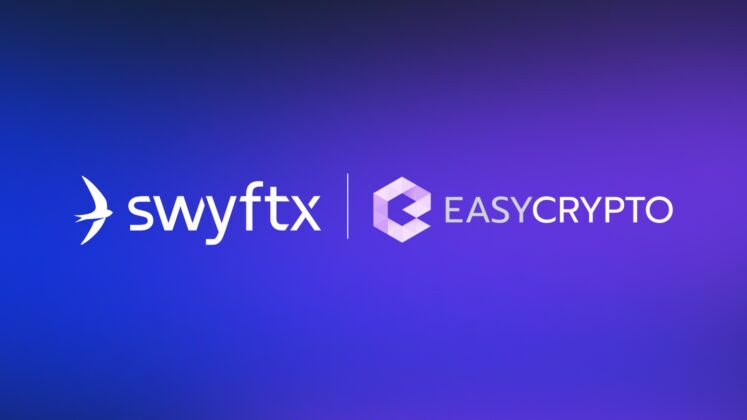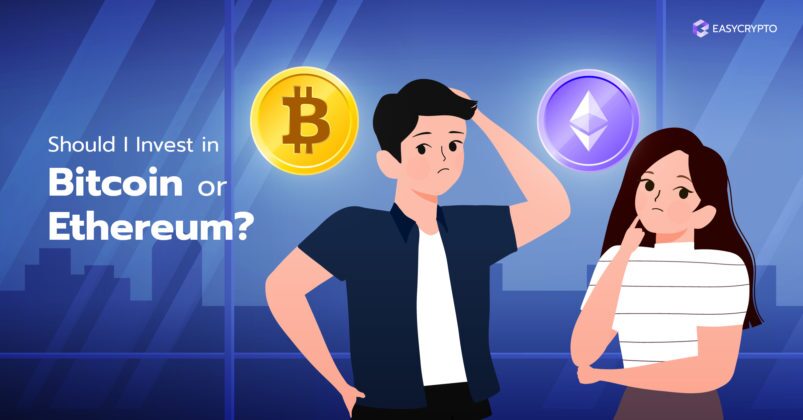Cardano’s Vasil Hard Fork, an update
Cardano has yet again made a major step towards its full potential. Learn about the Vasil Hard Fork and what it brings to the blockchain.
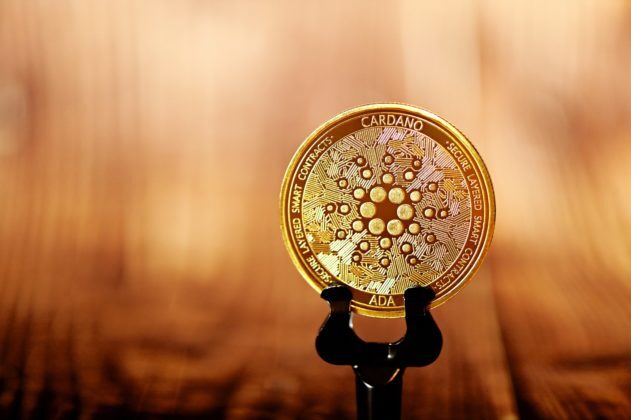

Last Friday (23/09/22), Cardano (ADA) initiated a milestone upgrade which is now taking place over a five-day period.
Officially known as the Vasil Hard Fork, the upgrade is designed to improve the user experience as well as the app developer experience when using or creating Cardano’s smart contracts.
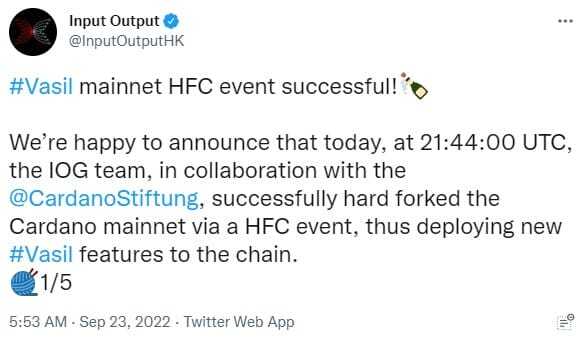
The intended side effect of this improvement is the reduction of transaction fees as well as an increase in smart contract processing speed (i.e. smart contract transaction throughput).
The Vasil Hard Fork is named in honour of Vasil Dabov, a Bulgarian mathematician and an advocate of Cardano, who was also a friend of Charles Hoskinson, founder of Cardano.
What is Cardano? Read our guide to learn more Cardano (ADA).
Vasil Hard Fork in the Cardano Roadmap
At the time of writing, Cardano is still in the Goguen Era of its long-term developmental roadmap. The Goguen Era is where Cardano shifts to a higher gear by introducing and improving its smart contract functionality.

An interesting note is that the Cardano main network had existed for three years without smart contract functionality. During this time, the blockchain only acted as a decentralised public ledger, closely resembling Bitcoin.
Then, the Alonzo Hard Fork took place one year prior, which was a turning point for Cardano as it began to resemble Ethereum, and marked the beginning of the Goguen Era.
While the Vasil Hard Fork is not an upgrade as groundbreaking as the Alonzo Hard Fork, it remains relevant to the bigger picture.
The Vasil Hard Fork is one of two major hard forks that will move Cardano to a new era in its development, namely the Basho Era, which focuses on the scalability aspect of the blockchain.
In the Basho Era, Cardano will increase its bandwidth to cater millions of users without congesting the network.
What the Vasil Hard Fork brings to Cardano
To understand the importance of the Vasil Hard Fork, we need to understand how Cardano works under the hood. One thing to pay attention to is how Cardano tries to blend Bitcoin and Ethereum features in one network.
About UTXO model of accounting
The second-most popular crypto network Ethereum is the best-known example of a “smart contract network”. Like a bank’s ledger, Ethereum uses an account model ledger. For every Ethereum wallet address, there is a number of ETH associated with it.
Cardano’s ledger is different in the way it stores data about the number of ADA (Cardano’s native coin) that is owned by each wallet address. Cardano uses a similar ledger model to Bitcoin, namely UTXO — which stands for “unspent transaction output“.
In short, Cardano keeps track of ADA owned by each address by drawing a kind of lineage tree of previous ADA owners. This arguably makes it easier for network nodes (digital accountants) to verify that no ADA was created out of thin air — that the inputs and the outputs of a Cardano transaction are balanced.
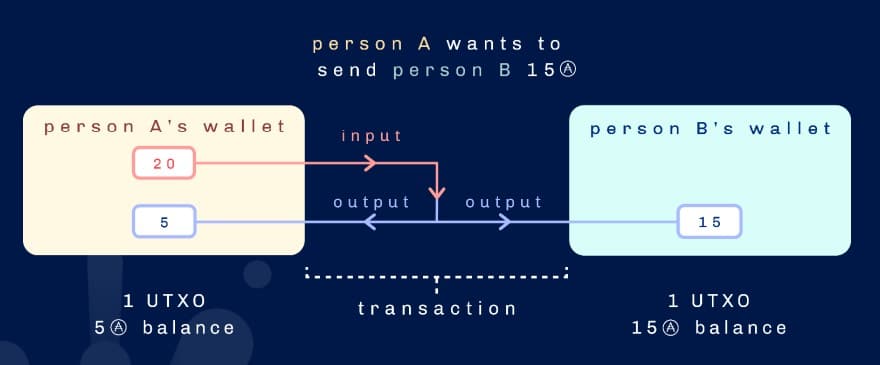
Smart contracts with UTXO
Many computer scientists will argue that the account model is more efficient for smart contracts. In spite, after many design considerations, Cardano developers decided to stick to the Bitcoin-inspired extended UTXO model from the ground up.
The developers also needed a clever way to make the “ADA ownership lineage tree” model a programmable feature of the blockchain, and that which can be computed very quickly.
Plutus is the custom programming language used to build Cardano smart contracts. It was based off of a lesser-known but secure programming language called Haskell.
There were initially a few problems with Plutus. Firstly, writing a smart contract in Plutus seemed ‘bulky’. It took a lot of lines of code to build a very basic smart contract. To execute a smart contract, a Cardano node must expend computational resources (i.e. RAM, electricity, time). Therefore, the bulkier the smart contract, the more expensive it would be to run it.
The Vasil Hard Fork introduced a second version of Plutus (aka Plutus v2). It helps make Cardano smart contracts more slim (to reduce fees on the users’ side, and the overhead processing load on the network).
Transaction fees are reduced even further, as highlighted in the four Cardano Improvement Proposals (CIP). We won’t get into the weeds in this article, but if you’re curious, here’s the Cardano developer’s summary.
Hard fork delay was unavoidable
Cardano’s development pacing is known to be much slower than the average blockchain project. This is because Cardano founder Charles Hoskinson leans on his meticulous and academic approach to developing his product.
Blockchain networks are decentralised, unlike your typical software. Once it is deployed for the world to use, blockchain developers cannot simply make changes on the fly.
For a blockchain software update to take place, operators around the world (especially the network nodes) must agree on a common version of the blockchain.
When a different version of the blockchain is used, a hard fork occurs. The non-profit Cardano Foundation, the Cardano developer company Input Output Hongkong, and especially Hoskinson himself have absolutely no control over whether the Cardano operator community would agree to the fork or not.
What is a crypto fork? Here’s a more in-depth explanation of crypto forks.
Three months delay for debugging and further tests
The Vasil hard fork was set to go live on the main network at the end of June 2022. However, several bugs were identified in the Plutus v2, although none of them were ranked as “severe” bugs.
Although the new date was not announced, the Vasil Hard Fork was implemented on the Cardano test network on 3 July 2022.
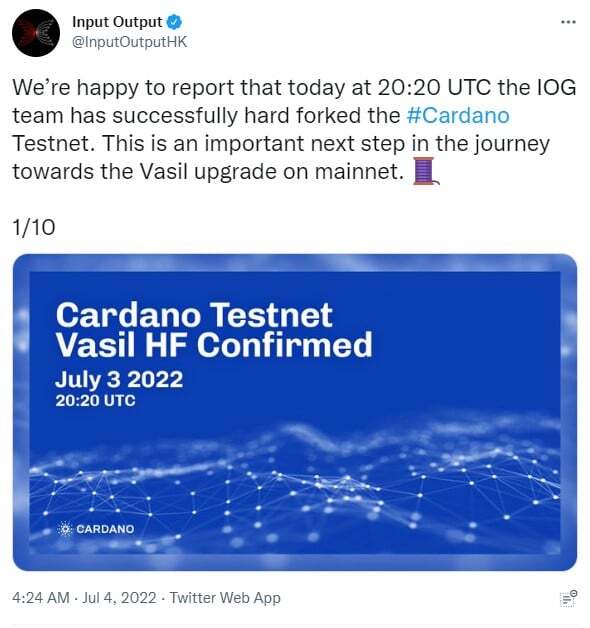
For a while, all seemed quiet from the Cardano developers. When September came, Input Output Hongkong was finally confident on the exact date of the Vasil Hard Fork on the main network.
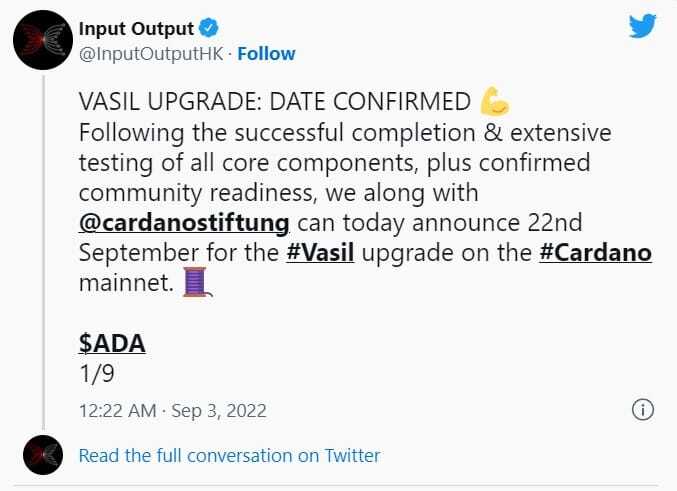
Finally, the update proceeded on Friday, 23 September 2022. In a livestream (below), Hoskinson reflected on the heavy workload of Cardano collaborators throughout the development cycle.
According to Hoskinson, the Vasil Hard Fork was “[probably] the hardest update we’ve ever had to do as an ecosystem.”
What’s next for Cardano?
After the Vasil Hard Fork, Cardano will undergo another upgrade that finalises its transition to the next developmental stage, namely the Basho Era. The Basho Era would focus heavily on the performance of the Cardano blockchain.
Investors should maintain realistic expectations of Cardano’s continuous evolution. While still in the Goguen Era, investors probably should not focus too much on the on-chain metrics that indicate the blockchain’s technical performance.
Although useful, the total value locked (TVL) metric, which reflects the dollar value of locked ADA coins for staking, should not be the sole indicator of the fundamental value of Cardano — or pretty much any other crypto project.
Valuing a crypto’s project for the long-term can get tricky, and it can be very tempting to use pricing metrics as a way to judge whether a project is going well.
Especially for Cardano, investors should pay close attention to the development activity of the network, as well as plans by app developers to build on the Cardano blockchain.
Share to
Stay curious and informed
Your info will be handled according to our Privacy Policy.
Make sure to follow our Twitter, Instagram, and YouTube channel to stay up-to-date with Easy Crypto!
Also, don’t forget to subscribe to our monthly newsletter to have the latest crypto insights, news, and updates delivered to our inbox.
Disclaimer: Information is current as at the date of publication. This is general information only and is not intended to be advice. Crypto is volatile, carries risk and the value can go up and down. Past performance is not an indicator of future returns. Please do your own research.
Last updated October 20, 2022



